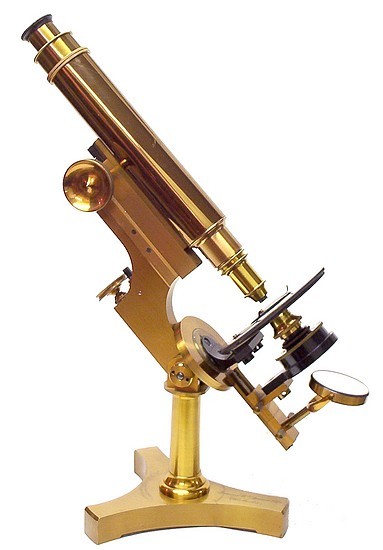
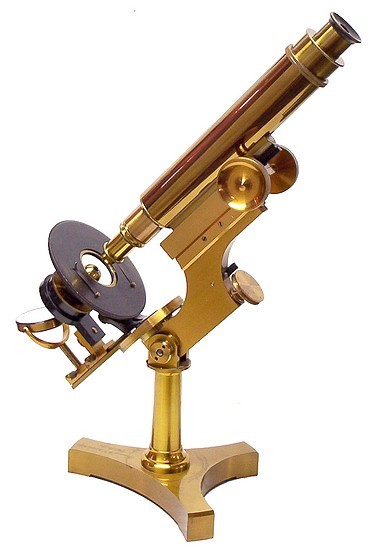
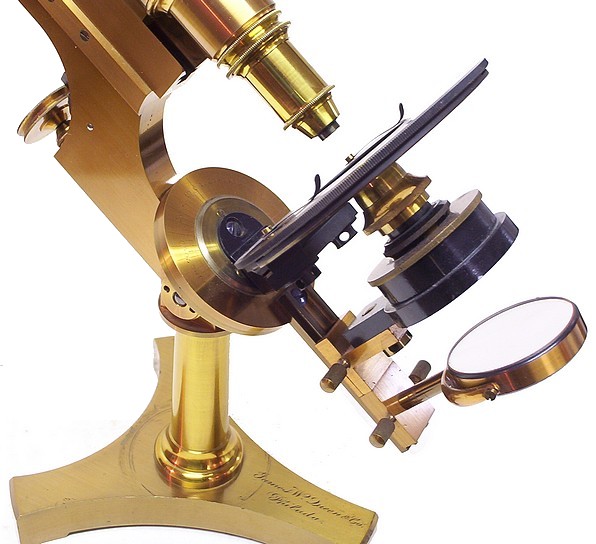
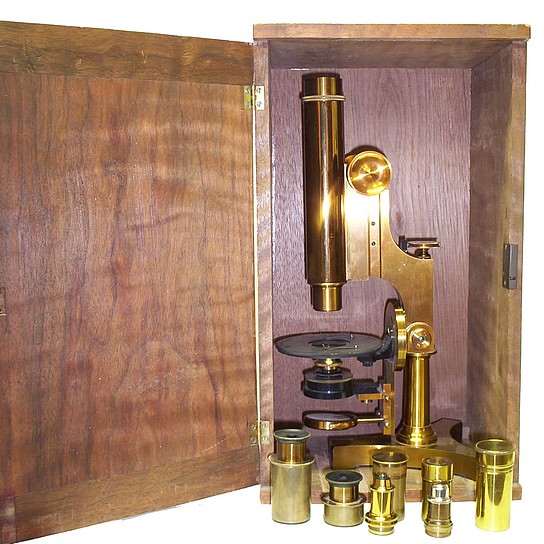
Excerpt from the Pocket Catalogue of Microscopes, Magnifiers, Microscopical Accessories, Mounting Materials, etc., James W. Queen & Co., 1892.
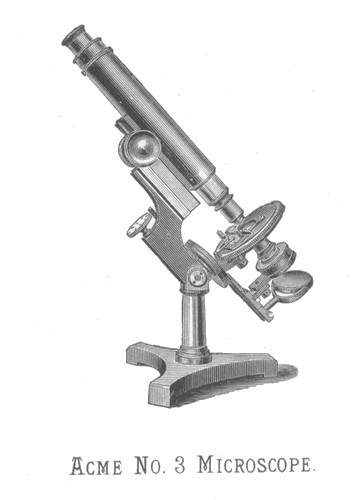





1010 Chestnut Street, Philadelphia PA
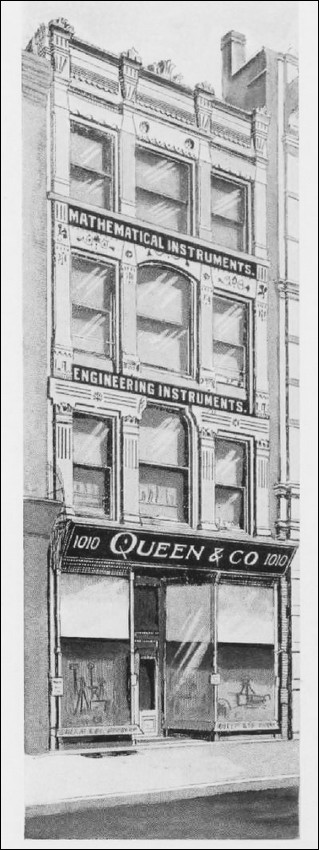
Home-Antique Microscopes Site Index
email: wissnera@verizon.net